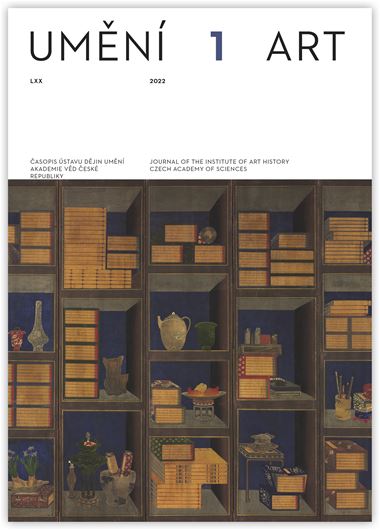Emma Hanzlíková
Requirements for the Exhibiting of Asian Art within a Museum Context: Curiosities, Spoils and Artefacts from the Perspective of the East Asian Art Tradition
How does the West work with a domesticated image of Asia through examples of its art? Since the end of the last millennium a tangible effort has been made to raise overall awareness of art outside the Euro-American canon. Current trends indicate a new direction being taken by the world’s collections of Asian art. In modern museum practice we find alternative ways of looking at things not as static trophies, but as active agents and mediators of other worlds. In the case of exhibitions of Asian art, the transition from passive constellations built on the foundations of an Orientalist or nation-state based understanding of the world to multi-layered installations creating space for new infrastructures between objects from diverse cultures is to be welcomed. This article seeks to outline the issues that are already being or will shortly be addressed by institutions exhibiting collections of Asian art. It draws on examples of exhibitions of East Asian art in the European and North American cultural space, above all within the context of our current knowledge of the tradition of exhibiting Asian artefacts in the countries of origin. In addition to outlining the main theoretical questions, such as where the boundary lies between art and ethnographic artefact, or how the Orientalist view of the art of East Asia arose, the text sketches the trajectory that Asian art has had to follow
in Western collections in recent centuries in order to acquire its current autonomy in museum departments. This excursion, which begins with the Western appropriation of Asian artefacts and leads to case studies of the exhibiting of Asian art in its original habitat in China, Japan and Korea, might serve as an investigation into possible traditional yet innovative approaches to the disruption of standardised practices, namely, the chronologically and dynastically arranged installations organised by theme in glass cases that are predominant in Western institutions. This perspective could prove to be an inspiring source of methods of exhibiting Asian art, as well as raising the question of whether it would be possible to disrupt the passivity of artefacts.
Author's email:
emma.pech@gmail.com
DOI: HTTPS://DOI.ORG/10.54759/ART-2022-0103
Full-text in the Digital Library of the Czech Academy of Sciences:
https://kramerius.lib.cas.cz/uuid/uuid:611ad6e3-546a-4819-9051-721564c3f589
< back

